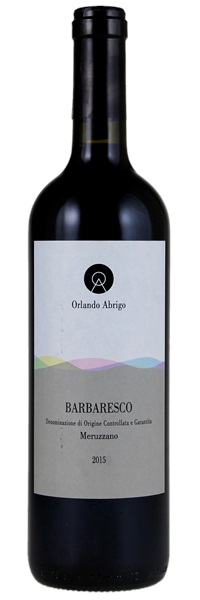
A solid 2015 with a deep fruit density and ripe, chewy tannins. Full body with lots of fruit, giving spices, walnuts and dark berries. Lovely intensity and tone.
...gorgeous wine. Bright, aromatic and beautifully lifted...classy from start to finish. Crushed flowers, red berries, mint, sweet tobacco and cedar give the 2015 its lifted aromatic upper register. Pliant and yet medium in body, the 2015 is a pleasure to taste...
...surprisingly thick and black, while the mouthfeel is plush and rich, carrying some soft tannins.